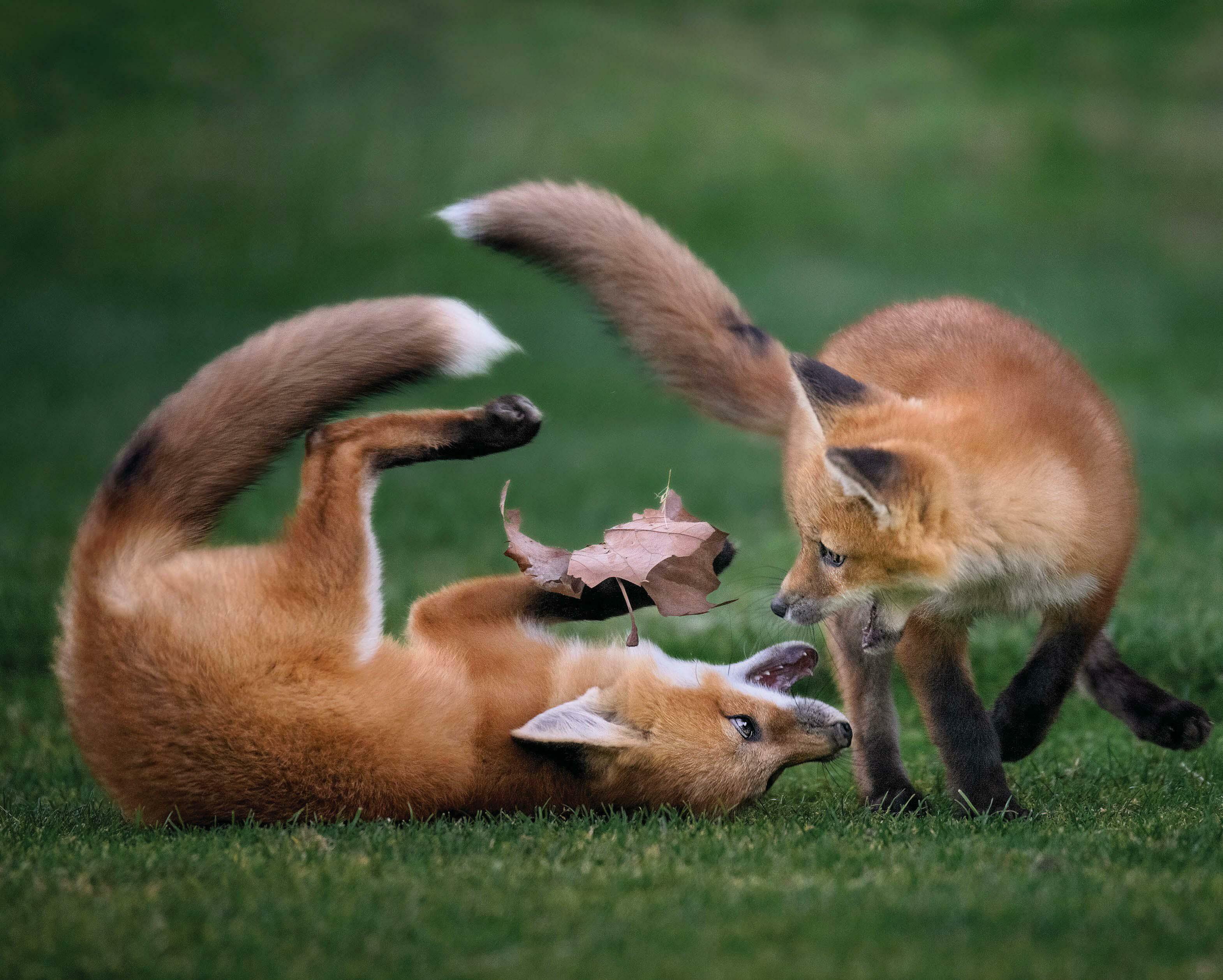
GENERALLY, wildlife sees us before we see it. It’s rare to have the kind of face-to-face encounter that American writer Annie Dillard experienced when she unexpectedly came across a weasel and became locked in its gaze for so long she felt they were like lovers, exchanging brains: ‘The world dismantled and tumbled into that black hole of eyes.’
It seems strange that animals so keen to keep out of sight have such attention-grabbing features. Rabbits often freeze, blending against a bare winter hedge or molehills and rocks, but, once they run, their snowy tails immediately give them away. It is the same with roe deer. Motionless on winter barley or stubble, they merge with the scenery, but, when they scamper off, there go those flashing white beacons that seem to say: ‘Hey, look over here!’ Humorous cartoonist Gary Larson drew on that vein in one of his most familiar works: a deer, standing upright, displays a large bullseye target on its chest. ‘Bummer of a birthmark, Hal,’ his friend observes.
Why do so many prey animals have such obviously flashy appendages? In rabbits and some deer, the short, white, erect tails are known as scuts. Beatrix Potter captured these pristine puffs perfectly as they peeked pertly below the blue jacket and pink cloaks worn by Peter Rabbit and his sisters Flopsy, Mopsy and, of course, Cotton-tail. In Richard Adams’s seminal 1972 novel Watership Down, the scut is explained through a lapine creation myth. Irritated by the rabbits’ fecundity and refusal to cooperate, sun god Frith provides the fox and the weasel with cunning, fierceness—and the desire to hunt rabbits. Seeking out the impudent rabbit leader, by now digging frantically to avoid his new enemies, the deity bestows two gifts upon the visible anatomy. Thus were the rabbit’s back legs made more powerful and his tail ‘grew shining white and flashed like a star’. He had been given both speed and warning.
Denne historien er fra August 07, 2024-utgaven av Country Life UK.
Start din 7-dagers gratis prøveperiode på Magzter GOLD for å få tilgang til tusenvis av utvalgte premiumhistorier og 9000+ magasiner og aviser.
Allerede abonnent ? Logg på
Denne historien er fra August 07, 2024-utgaven av Country Life UK.
Start din 7-dagers gratis prøveperiode på Magzter GOLD for å få tilgang til tusenvis av utvalgte premiumhistorier og 9000+ magasiner og aviser.
Allerede abonnent? Logg på
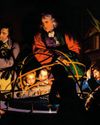
A leap in the dark
The primal play of light and shadow, whether in Leonardo's ever-so-subtle sfumato or Caravaggio's dramatic contrasts, has shaped Western art, as Michael Hall reveals

Beauty and the blimp
Inflammable airships may be gone, but a new hybrid aircraft, capable of delivering eco-friendly aviation, is set to take to the skies with a bang, finds Charles Harris
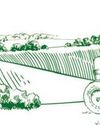
Three wishes for food and farming
Royal hedge planting, the terrible toll on Ukrainian farming and a maiden speech
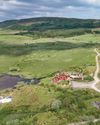
Seeing the wood for the trees
Scotland's much-evolved forestry industry has become a focus for clever investors
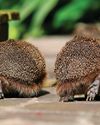
Let's fall in love
Birds do it, bees do it, even educated fleas do it. Laura Parker finds that, when it comes to creatures mating for life, persistence, patience and a little dad dancing are key to success
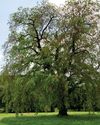
Back from the dead
THREE Wentworth elm saplings have been planted in the grounds of the Palace of Holyroodhouse, Edinburgh, and on the Highgrove estate in Gloucestershire-29 years after what was thought to be the lastknown Wentworth elm died.

A man among men
What makes a master? Beloved of the commercial art world, handled warily by art historians, the word has long been opaque. Michael Prodger investigates its many meanings-and discovers that being male confers an unfair advantage

Unearth one of life's luxuries
Black diamonds are a girl's best friend this Valentine's Day, with Périgord truffle-based skincare from TRUFFE

Adventure awaits
Spend an unforgettable family holiday on the Benmore Estate and experience some of Scotland's finest wildlife and sporting activities

Let the art rule the head
Despite being a world leader in everything from jewellery to fashion and music, the UK is failing to nurture creativity at school and in regional centres. Tristram Hunt, director of the V&A Museum, calls for an urgent review